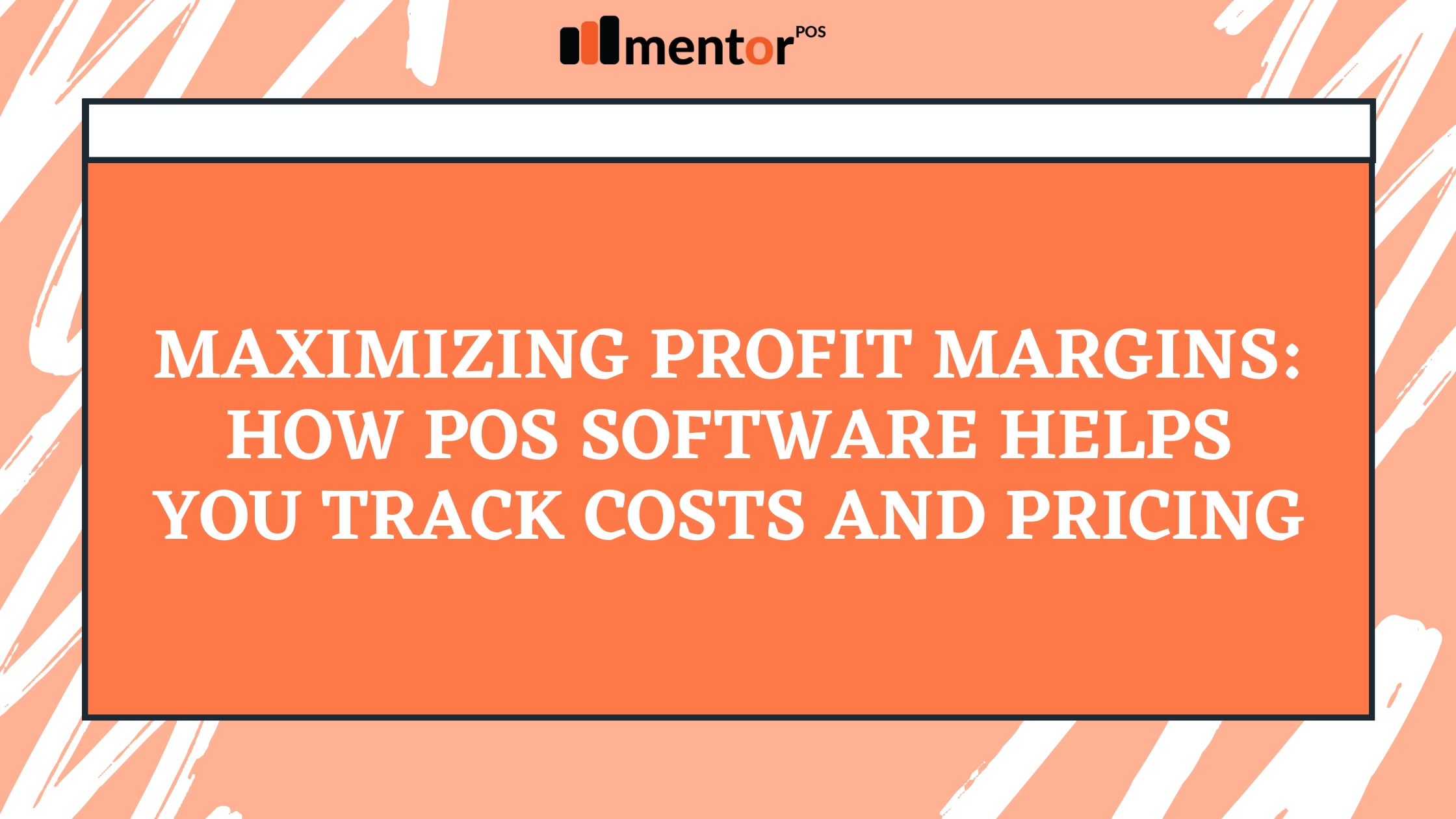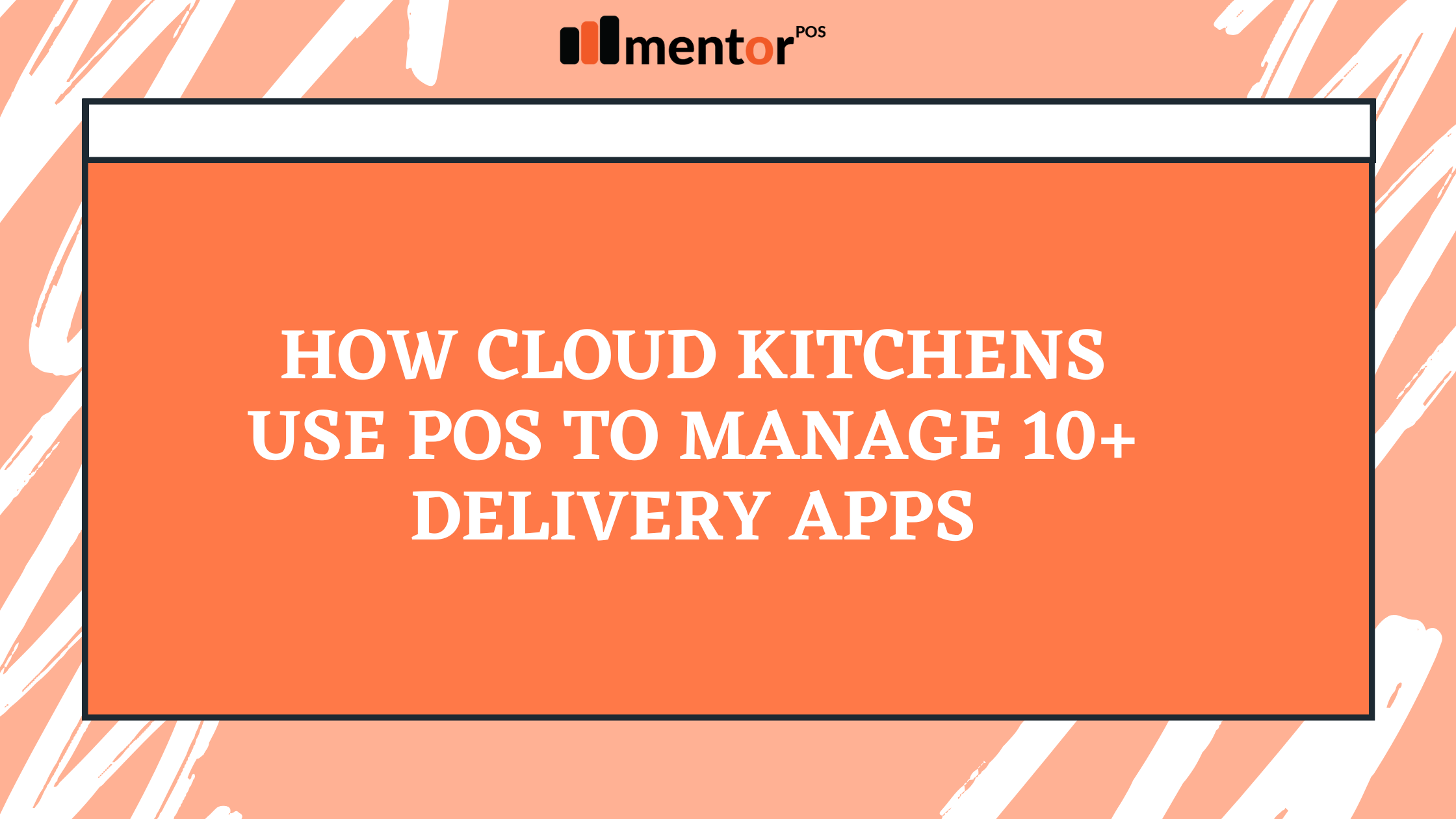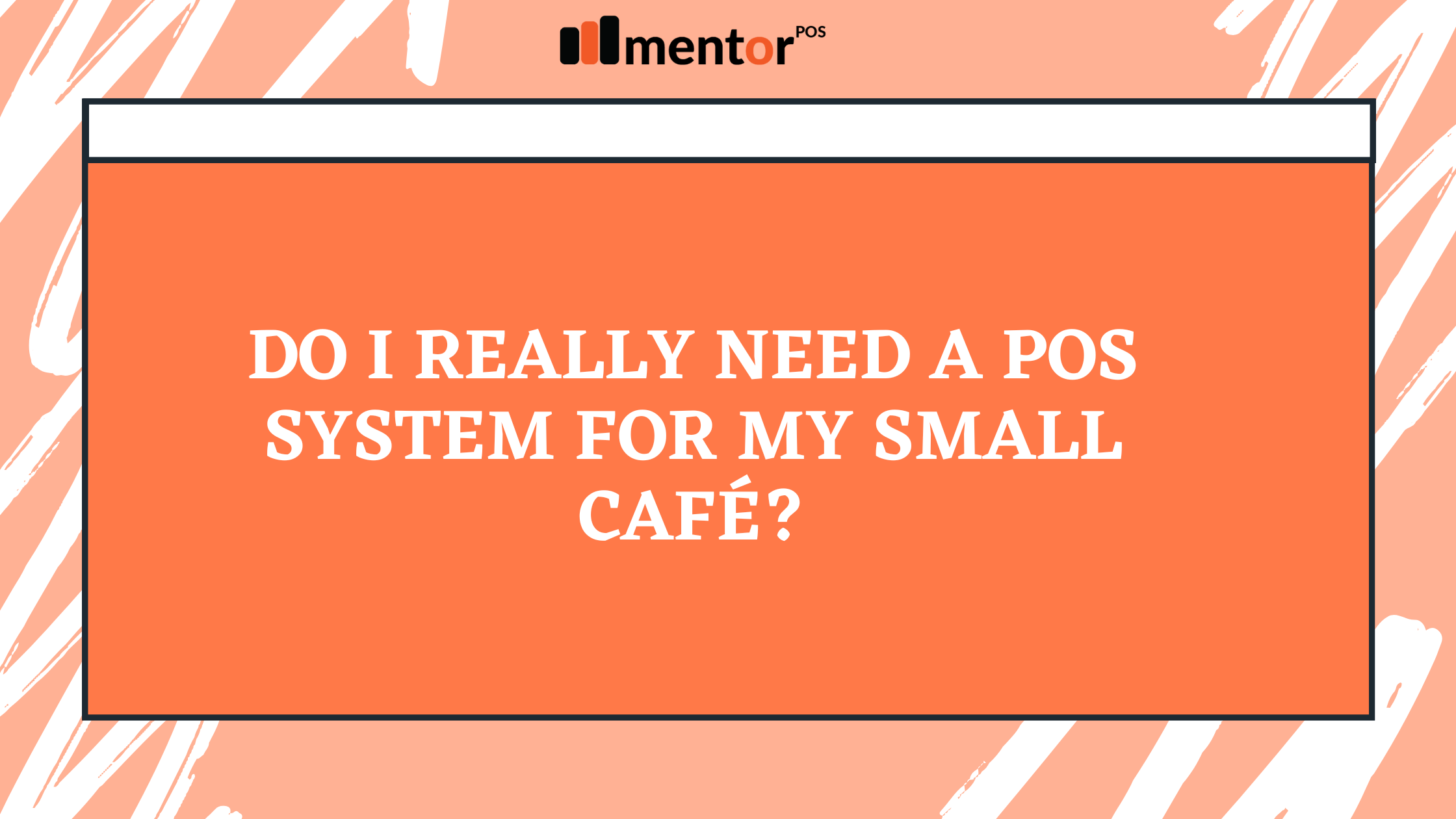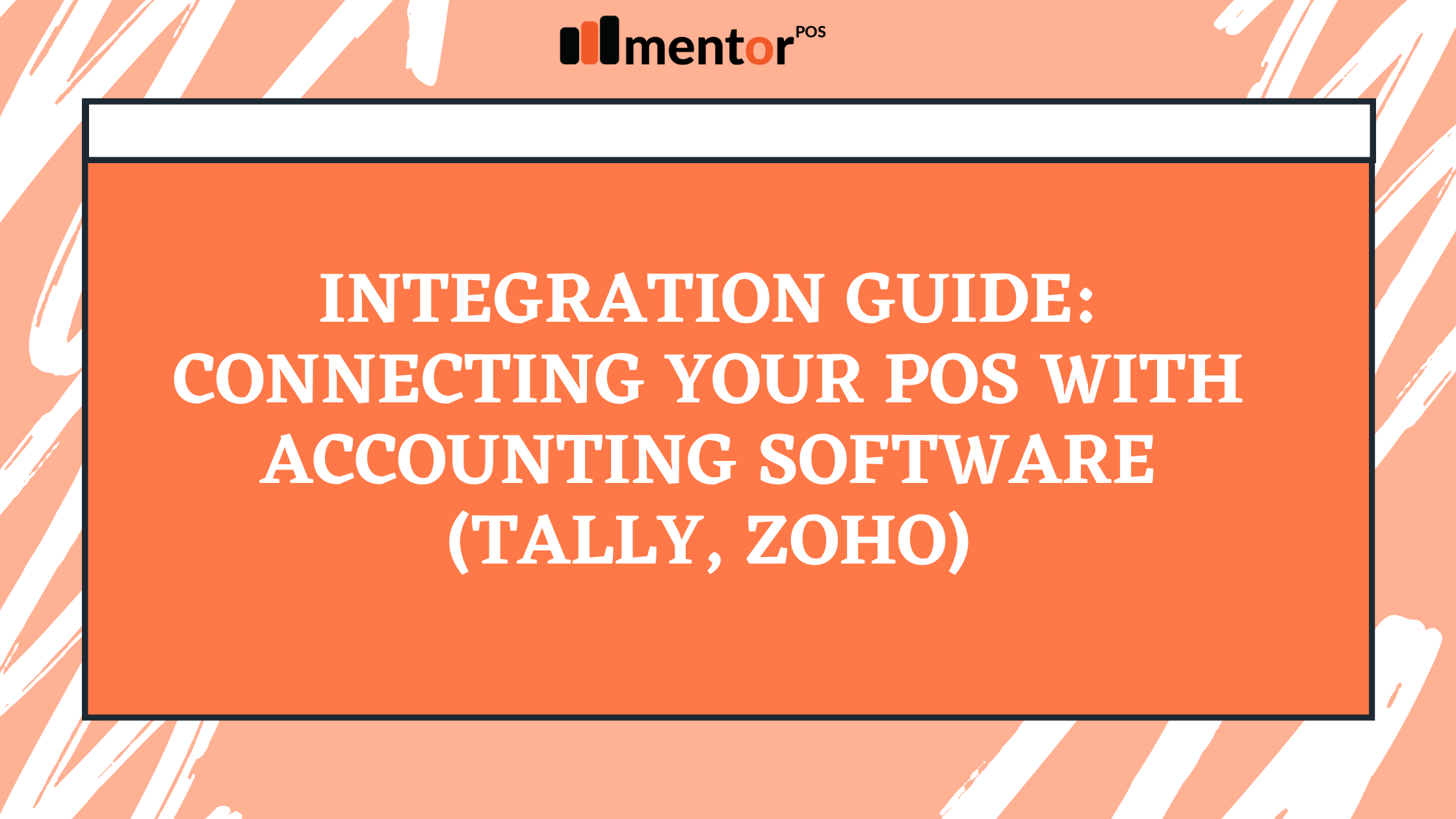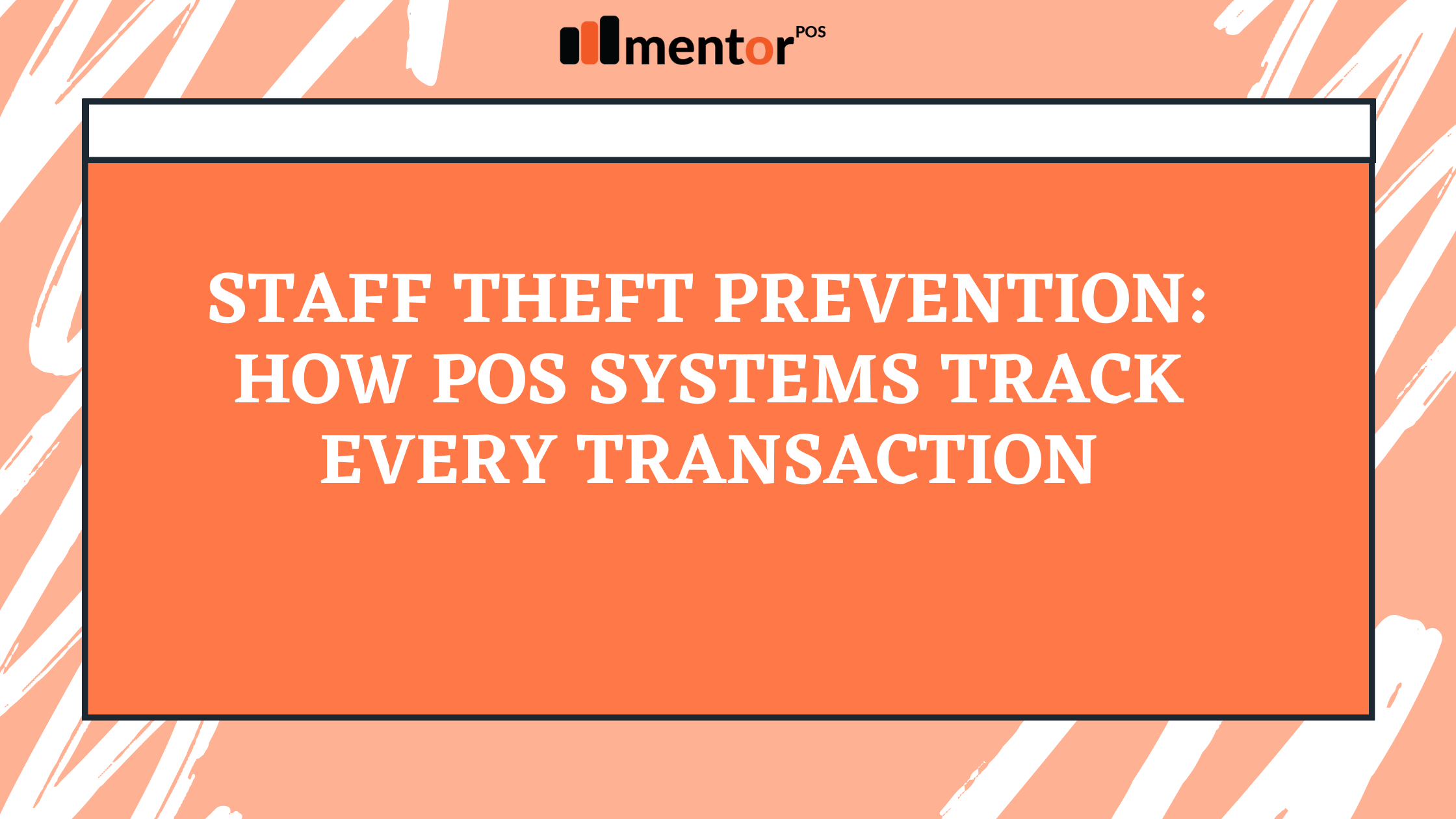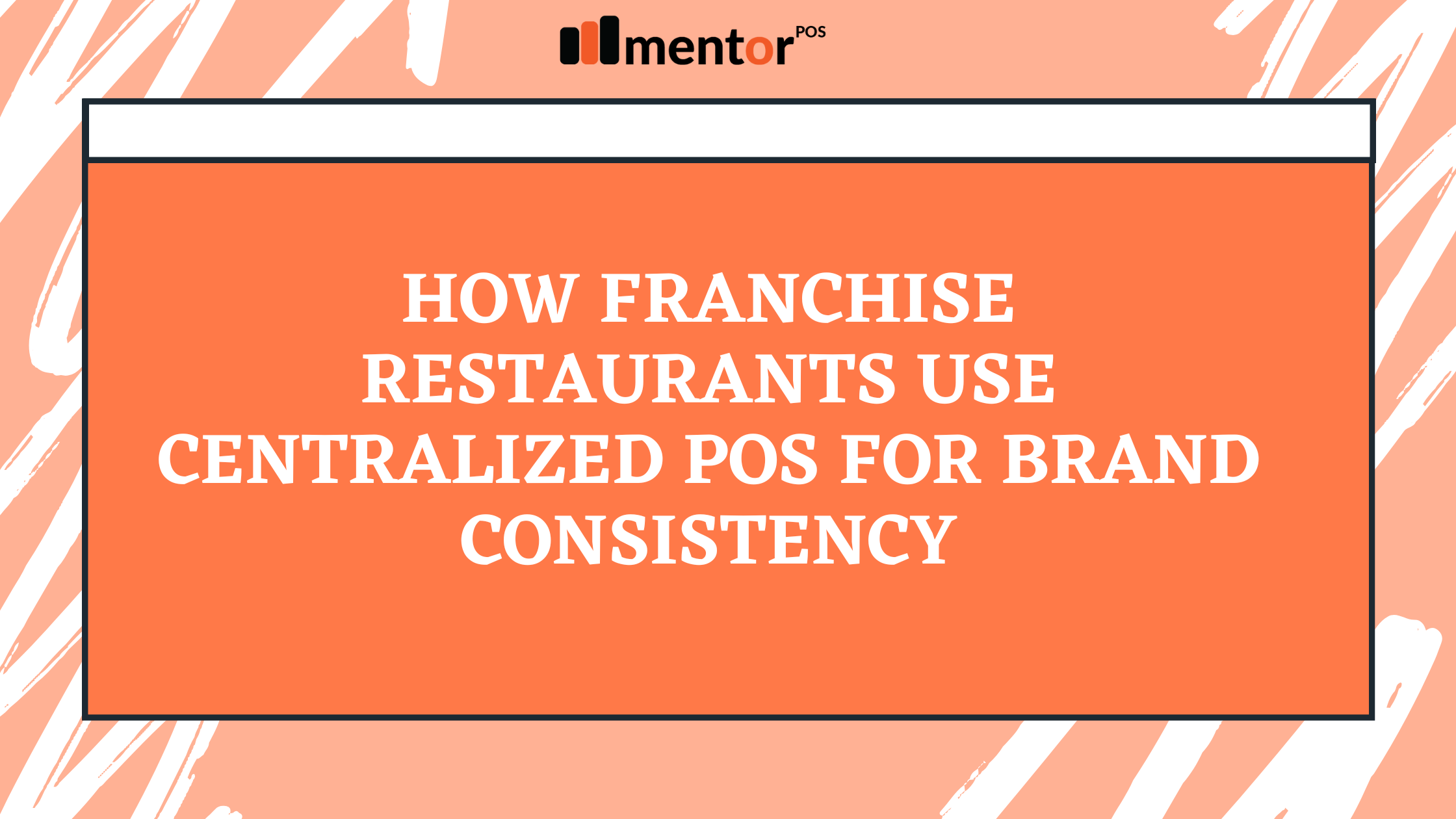In today’s competitive food and beverage industry, maintaining high-quality service while protecting your bottom line is a constant challenge. Whether you’re running a bustling restaurant, a quick-service café, or a chain of outlets, understanding where your money is going — and how to control it — is essential. That’s where Point-of-Sale (POS) software comes in. It’s not just a billing system anymore; it’s a strategic business tool that can help restaurants and food businesses maximize their profit margins by accurately tracking costs, pricing, and overall performance.
Understanding Profit Margins in the Restaurant Business
Profit margins in the hospitality industry are often razor-thin. Restaurants, on average, operate on profit margins ranging from 3% to 6%. With rising ingredient costs, increasing labor expenses, and unpredictable customer behavior, achieving and maintaining profitability requires more than just great food and ambiance — it requires data-driven decisions.
Many restaurant owners struggle with hidden leakages — ingredients not tracked properly, discounts given without analysis, or inconsistent pricing. These issues, if left unchecked, can erode profits over time. A robust POS software can serve as your first line of defense against such losses.
How POS Software Helps Track Food Costs
Food cost is a significant component of your operating expenses, and every fluctuation can affect your margins. A good POS system allows you to:
1. Track Ingredient Usage and Inventory
Modern POS systems are equipped with inventory management modules that automatically deduct ingredient quantities as orders are placed. This real-time tracking helps identify wastage, over-portioning, and theft, and keeps your food costs under control. Knowing your actual vs. theoretical food cost becomes easier, giving you actionable insights.
2. Monitor Vendor Pricing Trends
If you’re purchasing from multiple suppliers, prices can vary weekly or even daily. POS software with vendor management tools enables you to record cost variations and make informed purchasing decisions. You can spot trends, renegotiate rates, or switch suppliers — all based on solid data.
Pricing Smarter with POS Tools
Pricing is both an art and a science. Price your menu too high, and you risk losing customers. Too low, and your profit margins vanish. Here’s how POS software can help balance pricing strategy:
1. Analyze Sales Performance by Item
POS software offers detailed reports showing which items are selling the most and which aren’t. With this data, you can tweak your pricing strategy — for example, increasing the price of bestsellers slightly or creating bundles to push low-selling items.
2. Calculate Cost Per Dish
By linking your recipes to inventory, a POS system can automatically calculate cost per dish — including ingredients, packaging, and even labor time. This lets you set pricing that ensures profit while remaining competitive in the market.
3. Manage Discounts and Offers
POS systems allow you to control discounts by setting limits or assigning them to specific roles (e.g., only managers). This prevents revenue leakage and ensures that promotions are tracked and evaluated for profitability.
Real-Time Reporting for Better Decision-Making
One of the greatest strengths of POS software lies in its ability to generate real-time, customizable reports. You can access data on:
- Daily, weekly, and monthly sales
- Profit margins by category or item
- Labor costs vs. revenue
- Best and worst performing hours, servers, and outlets
With this kind of visibility, you can react quickly — whether it’s adjusting staffing during slow hours or promoting high-margin items during peak times.
Multi-Outlet Profit Optimization
For restaurant chains or franchise models, POS systems offer centralized control. You can monitor how each outlet is performing, compare profit margins, and identify where cost structures or pricing models need adjustment. This bird’s-eye view is invaluable when scaling your business without compromising on profit.
POS Automation Saves Time and Money
Automation reduces the need for manual entry and repetitive tasks, which often leads to human errors. POS systems can:
- Sync inventory with sales
- Automate daily reconciliation
- Track taxes and overheads accurately
This not only saves time for your staff but also ensures financial accuracy — a key aspect of cost control.
Enhancing Team Efficiency and Accountability
POS systems help improve staff productivity by assigning specific roles, tracking order times, and monitoring performance. With access to clear data, managers can better evaluate performance, set incentives, or correct inefficiencies — all of which contribute to a leaner operation and better margins.
Conclusion: Smart Software, Better Profits
In an era where every rupee counts, POS software is no longer a luxury; it’s a necessity for restaurant owners who want to stay profitable and grow sustainably. From tracking real-time costs and inventory to enabling smart pricing and offering actionable insights, the right POS system is a game-changer.
Looking for a powerful, easy-to-use POS solution?
MentorPOS is an advanced restaurant management software built to help food businesses streamline operations, monitor inventory, optimize pricing, and maximize profit margins — all in one place. With intuitive dashboards, real-time reports, and seamless integrations, MentorPOS empowers restaurant owners to focus more on growth and less on guesswork.

